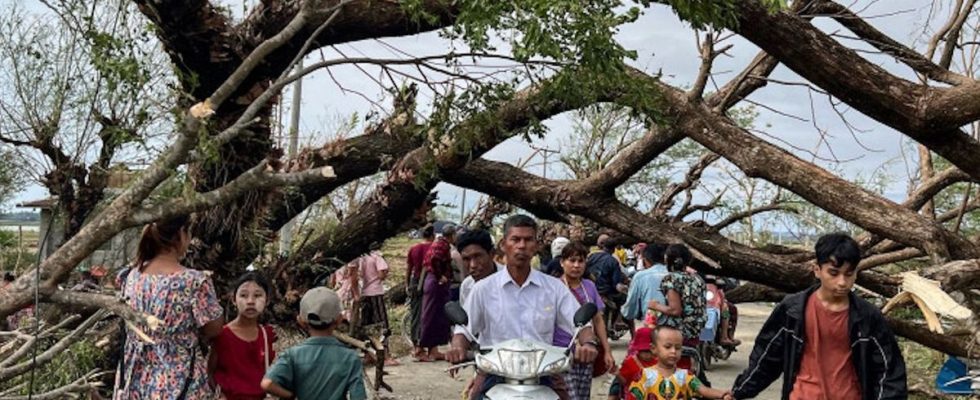Published on
Updated
Reading 2 mins.
Early warning systems for meteorological disasters have saved many lives, but the economic losses linked to these phenomena have increased at a vertiginous speed, underlines the UN.
Over the period 1970-2021, no less than two million people lost their lives due to meteorological, climatic and hydrological phenomena, 90% of them in developing countries, indicates the World Meteorological Organization (WMO) , which updated its data up to 2021. And the 11,778 disasters recorded over this half-century have also caused 4,300 billion dollars in economic losses.
“The most vulnerable communities are unfortunately the most affected by weather, climate and hydrological hazards”, underlined the WMO Secretary-General, Mr. Petteri Taalas. But the agency also pointed out that improved early warning systems and coordinated disaster management had drastically reduced the number of human casualties.
Mr. Taalas has made it a priority to cover the entire world population by these early warning systems which allow populations to prepare, take shelter or evacuate places in time. The goal – embraced by the UN Secretary-General – is to protect everyone by the end of the year 2027. The WMO believes that not only do these systems save lives, but also that their return on investment “is at least tenfold”.
An early warning system not extensive enough in the world
Currently, only half of the countries have early warning systems, with coverage particularly low in Africa and the least developed countries.
WMO member countries, meeting in Congress in Geneva from Monday, must endorse the initiative led by WMO, the United Nations Office for Disaster Reduction, the International Telecommunication Union and the International Federation Red Cross and Red Crescent Societies, with support from more than 20 other UN agencies and a wide range of stakeholders, from financial institutions to the private sector. A first group of 30 countries has been selected for the launch of the initiative in 2023.
Cyclone Mocha, which wreaked havoc in Burma and Bangladesh last week, is a telling example, Taalas said. Mocha, whose death toll stands at 145 according to the Burmese junta, “has caused widespread devastation…affecting the poorest of the poor”, he said, but nevertheless the toll is much lower similar disasters of the past, when “Burma and Bangladesh counted the dead in the tens or even hundreds of thousands”.
“Thanks to early warnings and disaster management, these catastrophic mortality rates are now fortunately a thing of the past. Early warnings save lives”he hammered.
Economic losses
While deaths have plummeted, economic losses have exploded. Rich countries have been by far the hardest hit in monetary terms. The United States alone has suffered 1.7 trillion dollars in losses, or 39% of total losses since 1970. In contrast, compared to the size of the economy, the poorest countries pay proportionally the heaviest price, a underlined the WMO. Developed countries accounted for more than 60% of losses from weather, climate and water disasters, but in more than four-fifths of cases, economic losses were equivalent to less than 0.1% of gross domestic product (GDP). And no disaster has caused economic losses greater than 3.5% of the respective GDPs.
By comparison, in seven percent of disasters that hit the world’s least developed countries, losses amounted to more than 5% of their GDP. Several disasters that have caused losses equivalent to almost a third of GDP.
